Since the beginning of May, there have been many heavy rains in the province. Heavy rains provide abundant water for irrigation, but also cause certain disadvantages for agricultural production, especially rice, summer-autumn vegetables and fruit trees that are sensitive to flooding. Therefore, farmers need to implement many synchronous care solutions to help crops increase their resistance to weather and pests.
Using agricultural film helps improve the efficiency of vegetable cultivation in the rainy season. |
Anti-lodging for Summer-Autumn rice
According to the Department of Agriculture and Environment, so far, the Summer-Autumn rice crop has been completely planted with a total area of 35,191 hectares. Currently, most of the rice is in the stage of heading, green and ripe, ready for harvest. Rice at these stages often falls down due to heavy rain and strong winds; every year, farmers in the province suffer great damage and rice loss from these natural disasters.
According to experts from the Provincial Department of Crop Production and Plant Protection (Department of Agriculture and Environment), to limit the lodging of Summer-Autumn rice, farmers need to prepare the field thoroughly from the beginning of the crop, by plowing or deep tilling to help the rice roots take hold deeper, and the rice plants stand more firmly in the unfavorable weather conditions of heavy rain and strong winds. It is advisable to choose rice varieties with strong plant characteristics such as medium or low height rice varieties or rice varieties with leaf sheaths that hug the stem to increase the firmness of the rice plants. Rice should be sown at a moderate density, not too thick or in rows to ensure ventilation in the rice field.
Fertilizers should be balanced between nitrogen, phosphorus, potassium and according to the leaf color chart to meet the growth needs of rice; additional fertilizers that increase rice resistance such as potassium, calcium, silicon should be applied.
An effective measure to prevent lodging in rice fields is recommended to be used to drain water from the rice fields. Water can be drained 2-3 times during the crop: the first time is when the rice is actively tillering (about 28-30 days after sowing), the second time is after fertilizing the rice to nourish the panicles (about 46-48 days after sowing), the water draining time lasts about 5-7 days for each time. 7-10 days before harvest, the water needs to be drained so that the rice can stand firmly, less likely to fall over, and easier to harvest. In addition, farmers need to proactively prevent and treat pests, diseases, and pests for rice, because when rice is attacked by pests, the plants become weak and prone to lodging.
Ensure good drainage for upland crops
Leafy vegetables, root vegetables and fruit trees (such as durian, jackfruit, citrus trees, etc.) are upland crops that are very sensitive to rainwater. When it rains heavily, the soil in gardens and plantations is easily flooded. This prolonged condition causes the roots of the plants to lack air to breathe and is susceptible to fungal infections, leading to poor root and plant development, low productivity or the roots can rot and the plants die. In addition, heavy rain also reduces the photosynthesis process of the leaves, thereby making the plants grow poorly and susceptible to disease; at the same time, the topsoil of the garden and the surface of the beds are washed away into the garden ditches, losing the necessary fertility for the plants, thereby causing the fertility of the garden and plantation soil to quickly decline.
Choosing strong rice varieties, applying balanced fertilizers and draining water from the fields are good measures to help reduce lodging caused by storms in the Summer-Autumn rice crop. |
Therefore, according to experts and many people with experience in growing vegetables and fruit trees, the prerequisite for successfully protecting upland crops from flooding due to heavy rain is that the garden and field must have good drainage. For low-lying fields, first of all, it is necessary to prepare the soil, make high beds, have good drainage ditches and arrange drainage pumps on days of heavy rain.
When pumping water out of the garden, the water level in the ditch should be kept stable at least 50-60cm from the bed surface. In addition, additional drainage ditches should be dug in the middle and around the bed and garden. At the beginning of the rainy season, these ditches must be dredged to drain water well, and also help toxins to be easily washed away when it rains without stagnating in the garden or field.
Another important thing is that farmers do not clean the grass and limit walking in the garden. In particular, the grass in the garden should not be cleaned but only cut and kept at the base to cover the garden soil, and help prevent erosion and planking due to heavy rain. During the rainy season, it is necessary to limit walking in the garden, especially when the garden is flooded, because it will make the soil easily compacted, affecting the root system and slowing down the ability of the tree to recover after the water recedes.
Using agricultural film for field beds and covering orchards with plastic tarps is also a positive technical measure to help farmers protect upland crops during the rainy season. This material helps prevent field beds and garden surfaces from being eroded by rain, washing away soil, fertilizers, etc.; at the same time, it is more effective in preventing erosion, flooding, and moisture than traditional methods (covering with straw or not covering), especially for sandy soil and loose soil.
Experts also recommend that households and production units with conditions should use net houses, roofs or grow vegetables in greenhouses, which will help minimize the impact of heavy rain and strong winds causing damage.
Balanced and reasonable fertilization for dry crops
For inorganic fertilizers, experts recommend limiting the use of nitrogen fertilizers for fruit trees so that they do not produce new shoots. Instead, increase the amount of phosphorus and potassium fertilizers to help the trees grow in balance, because nitrogen fertilizers stimulate the growth of new shoots, making the trees die easily, and potassium fertilizers help the trees increase their resistance to flooding.
In particular, at the beginning of the rainy season, lime should be added at a dose of 500-1,000 kg/ha to improve soil pH, prevent soil degradation, neutralize the harmful effects of alum, salinity, and metals that are toxic to plants, restore soil structure, make the soil airy and permeable; at the same time, help limit the growth of bacteria and fungi in the soil and promote the effectiveness of organic and inorganic fertilizers.
It is recommended to use composted organic fertilizer combined with the biological fungus Trichoderma sp. to increase resistance to harmful microorganisms in the soil, helping to prevent root rot or root rot of vegetables, especially for melons, squash, and cabbage.
In addition, it is necessary to apply integrated pest management (IPM) measures to create conditions for healthy plant growth, high resistance to adverse environmental conditions and pests. Regularly clean fields, gardens, and plantations; plant trees at appropriate density and distance to create ventilation, reduce humidity, and limit the emergence and development of pathogens.
Article and photos: US and China
|
|
Source: https://baovinhlong.com.vn/kinh-te/nong-nghiep/202506/cham-soc-bao-ve-cay-trong-trong-mua-mua-5843bb1/


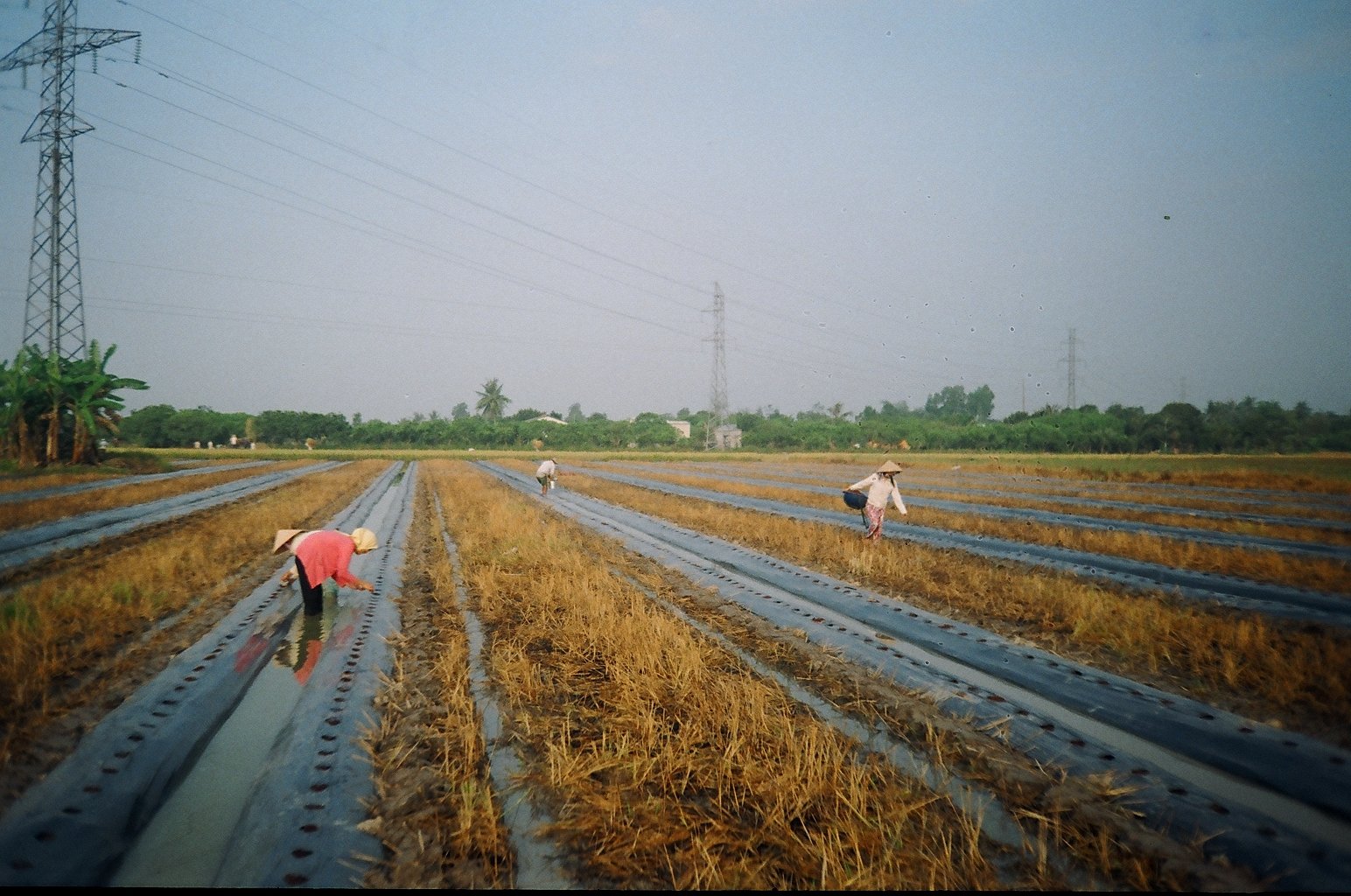
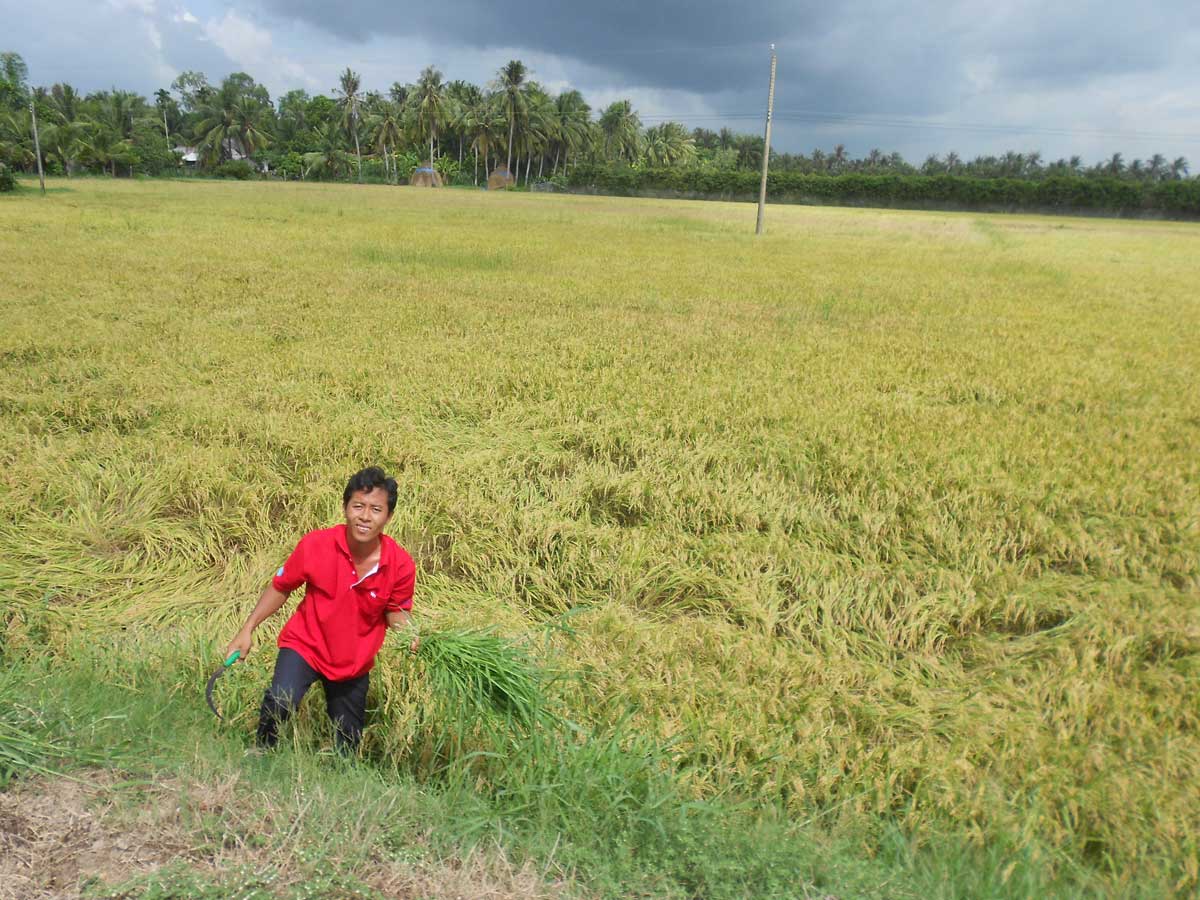
![[Photo] General Secretary To Lam receives Vice President of Luxshare-ICT Group (China)](https://vphoto.vietnam.vn/thumb/1200x675/vietnam/resource/IMAGE/2025/11/15/1763211137119_a1-bnd-7809-8939-jpg.webp)

![[Photo] Prime Minister Pham Minh Chinh meets with representatives of outstanding teachers](https://vphoto.vietnam.vn/thumb/1200x675/vietnam/resource/IMAGE/2025/11/15/1763215934276_dsc-0578-jpg.webp)







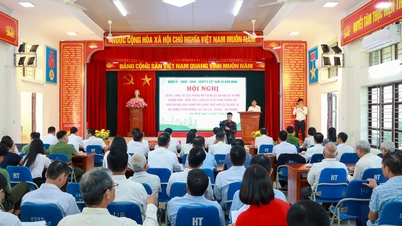

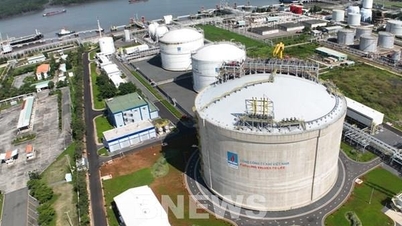

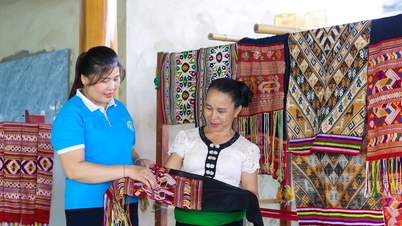







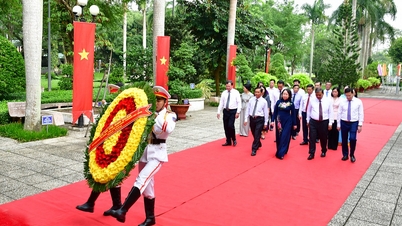


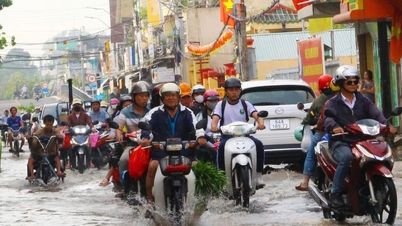
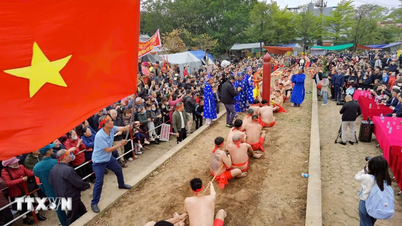














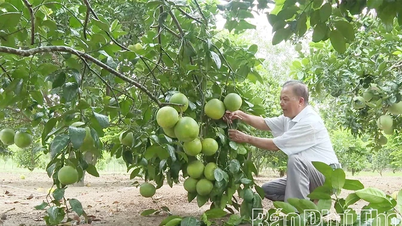
















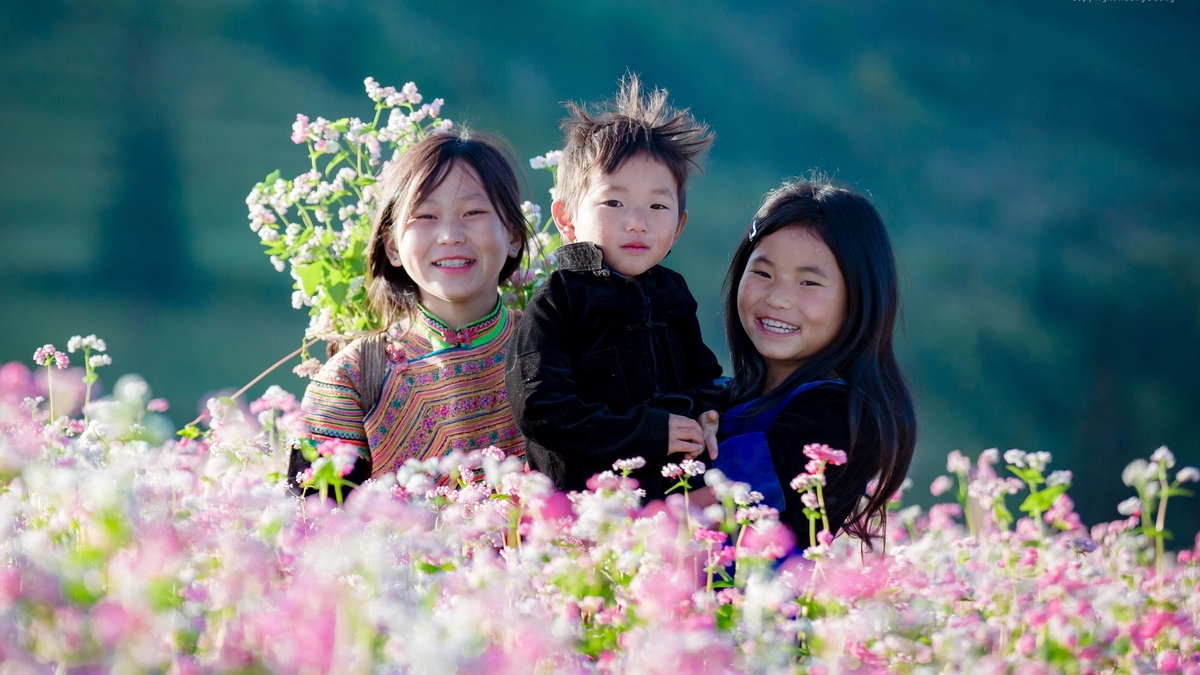




















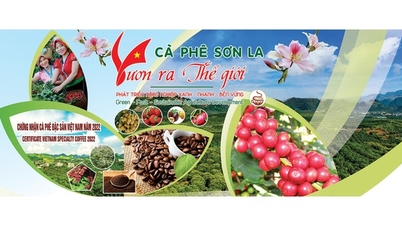



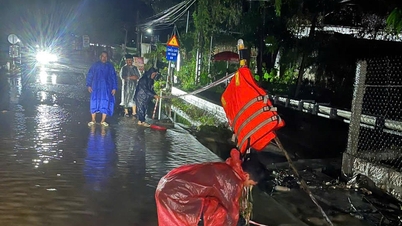

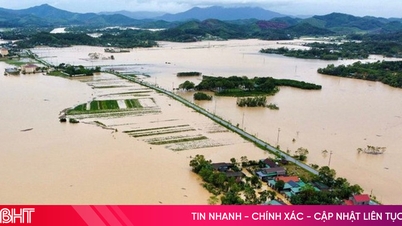














Comment (0)